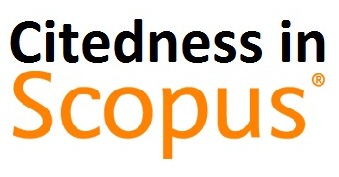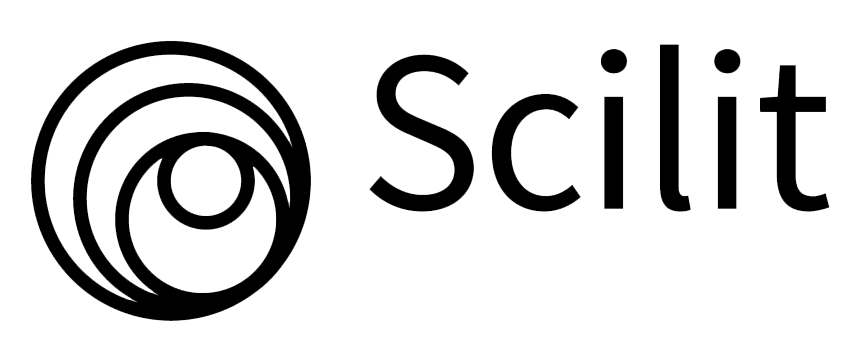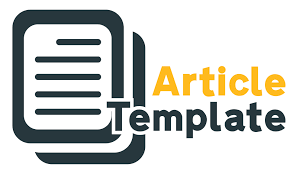Application of The Waterfall Method to the Website-Based JM Leather & Shoes Point of Sales Information System
DOI:
https://doi.org/10.38043/tiers.v5i1.5116Keywords:
Information System, Point of Sales, WebsiteAbstract
Trading business is a type of business that has the basic concept of buying supplies of goods and reselling them with the aim of making a profit. In the current era, people continue to flock to set up a place of business, this is due to changes in market conditions as well as increasingly sophisticated economy and technology. JM Leather & Shoes continues to supervise and record the processing of goods data, supplier data, expenditure data, sales transactions, purchase transactions, and the preparation of reports which are always evaluated every month by superiors. During this time, both cashiers and administration record in the ledger. This of course causes various problems. Where the process of making reports takes a relatively long time, because the administration must first adjust the real stock at the place of business with the stock in the records until finally the difference between the two is found. One effort that can be made is to create an application that can help facilitate business process activities and minimize the occurrence of errors that could have a negative impact on the company's future. With this system, the data processing process from searching, adding, changing, to creating reports as evaluation material becomes easier and faster. The risk of data loss or damage can also be reduced to a minimum because it has been stored in the database, making it more effective and efficient. Future researchers are expected to add features for forecasting the items that are most and least desired by customers.
Downloads
References
Sumantri, Pengantar Agronomi. Jakarta: PT. Gramedia, 2013.
R. dkk Sutjiadi, “Perancangan Sistem Informasi Manajemen Tugas Akhir Pada Institut Informatika Indonesia Menggunakan Metode Incremental,” TELSINAS, vol. 2, p. 153, 2022.
R. dkk Januardi, “Persepsi Pengguna Dalam Mengukur Kinerja Operasi Konstuksi Berbasis Sampling Menggunakan Analytical Hierarchy Process,” TELSINAS, vol. 2, p. 113, 2023.
A. A. dkk. Kurniawan, “Analysis and Design of PT KDA Langling Cooperative System Through Web-based Savings and Loan Transformation Technology,” TIERS Inf. Technol. J., vol. 4, no. 2, pp. 104–114, 2023.
I. B. dkk Udayana, “The Influence Of Hedonic Shopping Value, Web Informativness, Web Entertainment On e-Loyalty With E-Satisfication as A Mediation on Tokopedia,” Int. J. Econ. Bus. Account. Res., vol. 5, no. 3, 2021.
R. M. Tandirerung, Y. T., Widyanto, E. A., & Rahmah, “Pengaruh kinerja lingkungan dan kinerja keuangan terhadap corporate social responsibility pada perusahaan manufaktur di BEI,” J. Eksis, vol. 15, no. 1, pp. 68–81, 2019.
dan V. P. Supono, Pemrograman Web dengan menggunakan PHP dan Framework Penyala Kode. Jakarta: CV. Budi Utama, 2016.
R. J. Keith, “The Marketing Revolution,” J. Mark., vol. 3, no. 24, pp. 35-38., 2022.
Y. dkk Damini, “Evaluation of Geverment in Information System Security to Minimize Information Technology Risk,” INTENSIF, vol. 8 No 1, 2024.
A. W. Aceng, “Analisis Metode Waterfall Untuk Pengembangan Sistem Informasi,” J. Ilmu-Ilmu Inform. Dan Manaj. STMIK, pp. 1–5.
Binus University, “Kelebihan Menggunakan Laravel,” 2024. [Online]. Available: https://socs.binus.ac.id/2018/12/13/kelebihan-menggunakan-laravel-web-development/.
R. S. Pressman, No Title. .
Saryono, Metode Penelitian Kualitatif. Bandung: PT. Alfabeta, 2010.
S. Hidayati, NUr, “Application of Waterfall Model in Development of Work Training Acceptance System,” INSENTIF, vol. 4, 2021.
dkk Arwaz, Aini Arifta, “Pengujian Black Box Pada Aplikasi Sistem Seleksi Pemenang Tender Menggunakan Teknik Equivalence Partitions,” J. Teknol. Sist. Inf. Dan Apl., vol. 2, no. 2, 2019.
I. Sommerville, Software Engineering (Rekayasa Perangkat Lunak). Jakarta: Erlangga., 2011.
Fi. dkk Redjeki, “Impelemntation of Appropriate Marketing and Sales Strategies in Improving Company Performance and Profit,” Int. J. Sci. Socienty, vol. 3, no. 2, 2021.
Sugiyono, Metode Penelitian Kualitatif, Kualitatig, dan R&D. Bandung: Alfabeta, 2010.
Wukil Ragil, Pedoman Sosialisasi Prosedur Operasi. Jakarta: Mitra Wacana Media., 2010.
Universitas Digital Indonesia, “Kebutuhan Fungsional,” 2009.
R. M. Dennis, A., Wixom, B. H., & Roth, System Analysis And Design. USA: Wiley, 2014.
Lisnawanty, “Perancangan Sistem Informasi Kearsipan Surat Masuk dan Surat Keluar Berbasis Multiuser. Program Studi Komputerisasi Akuntansi, AMIK BSI Pontianak,” J. KHATULISTIWA Inform., vol. 2, no. 2, 2014.
J. L. Bentley, Lonnie D dan Whitten, Systems Analysis and Design for the Global. Enterprise. New York: McGrawHill, 2007.
Munawar, Analisis Perancangan Sistem Berorientasi Objek dengan UML (Unified Modeling Language). Bandung: Informatika Bandung, 2018.
D. Hasbid, Riswan, “Penerapan Waterfall Model pada Perancangan Sistem layanan dan Informasi dengan Pendekatan OOAD MEnggunakan UML,” J. IRObot (INternational Res. Big-Data anad Comput. Technol., vol. 5, 2021.
Downloads
Published
How to Cite
Issue
Section
License
Copyright (c) 2024 Ni Wayan Jeri Kusuma Dewi, I Gede Made Yudi Antara, Defri Sucahyono

This work is licensed under a Creative Commons Attribution-ShareAlike 4.0 International License.





















